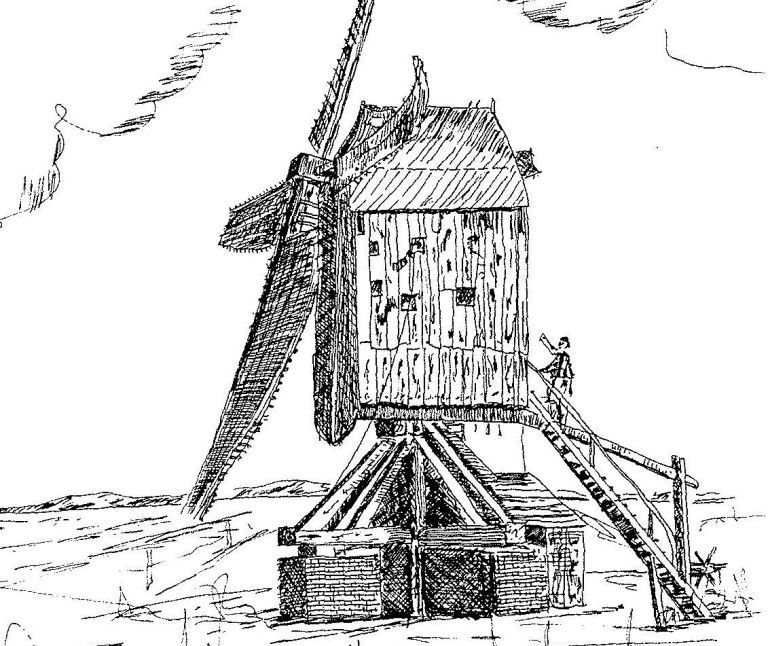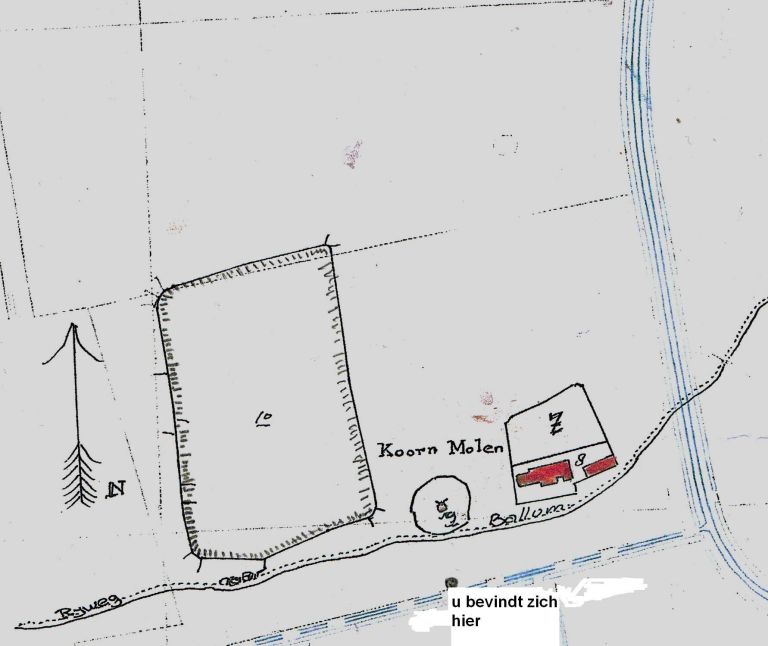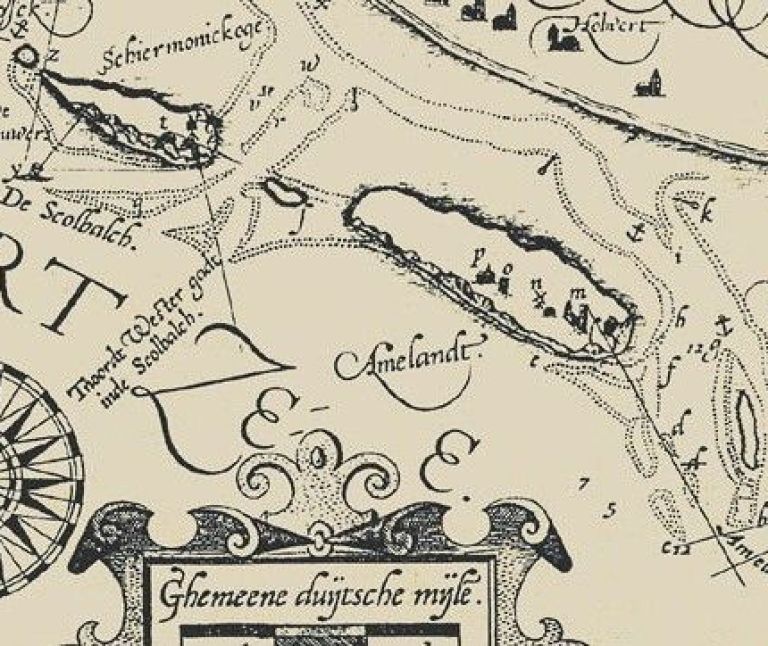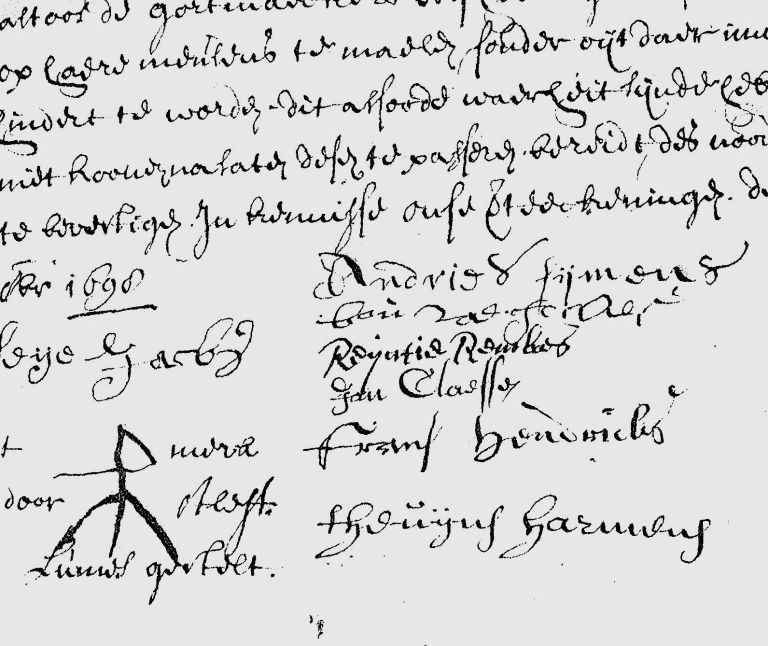
Wheat mill "De Eendragt"
On 22 November 1596, the Lord of Ameland Sicco van Cammingha, granted permission to Pieter Everts to continue operations of the mill in the village Ballum. Mill "De Eendragt" (The Harmony) was used as a wheat mill.
Different grains were processed there, such as barley, rye, wheat but also buckwheat. The mill was of crucial importance to the island population, since food supplies were largely dependent on the production of grains.
"De Eendragt" was functional until 1840, when the mill in Ballum was demolished and a new mill in Hollum was built.
Wheat mill "De Eendragt" was already mentioned on the naval charts from Albert van Haeyen in 1585, but most likely dates back even further. Originally a post mill, it defined the otherwise mainly flat landscape for years. A post mill is the oldest windmill type.
A mill was patented
One was only patented by the Lord of Ameland to "keep and maintain" a mill. In this patent was mentioned: Any other person is forbidden to mill wheat, neither with a handmill nor with any other milling tool. Barley producers were also not allowed to import barley from outside of Ameland. In addition, the patent stated that milling had to be done for free for the residents of the Castle in Ballum. The fee of the patent was 30 carolus guilders per year, to be paid to the Lord of Ameland. ‘De Eendragt’ was located at the west side of Ballum, close to the "border" between Hollum and Ballum. Closer towards Hollum used to be the gallow where "justice" was served.
The end of "de Eendragt’
As long as the mill of Ballum was functional, no other mills were permitted to be built and used. Various attempts failed because of the patent law covering the mill of Ballum. In 1840, Willem Hendriks de Boer and Job Dirks Visser bought ‘De Eendragt’ and the house with shed for fl. 1.225,- with the aim of demolishing the mill. Afterwards, they built a new wheat mill in Hollum, a windmill with the name ‘De Verwachting’ (The Anticipation)
The patent of the mill of Ballum
The patent as described above can be found in the Nassau-archives. This old patent, issued by Sicco van Cammingha on 22 november 1596, was registered in the mortgage book of Ameland on 30 mei 1685. In the patent, one finds the following conditions;
- Milling on his mill is patented to and benefits Pieter Everts loyal subject and current owner of the mill.
- This mill should mill any and all which needs to be milled on Ameland.
- No other mills, such as windmills, horse mills, barley mills or other hand mills, are permitted.



